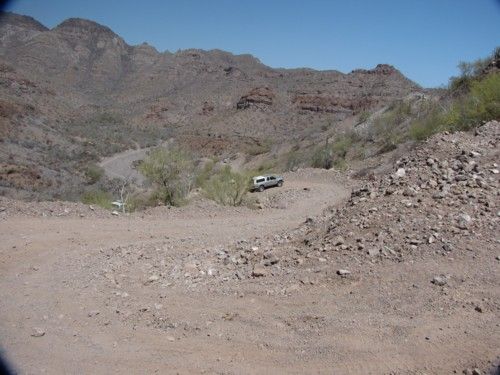Originally posted by Pescador
| Quote: | Originally posted by David K
Oh man, how great and out of the norm route. I believe it was Arnold Senterfitt who said there used to be a cardon cactus on the roof of the hacienda
40 years ago? Back then you could get there by boat or by airplane... no road. |
When I flew in there last time in '87, there were three cardon's on the roof. Two pretty small and one larger one. It is really interesting to see
that the old wood building for the school is still standing. When the government first built it they had ropes over the roof with winches. When
the wind blew in from the south, they loosened the North side winches, cranked down on the south side to make the building square, or reasonably so,
and then did the opposite in the winter with the north winds. |


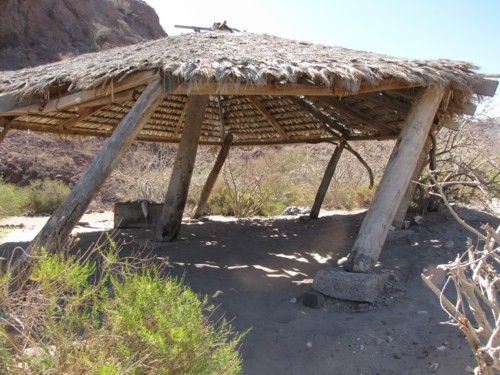
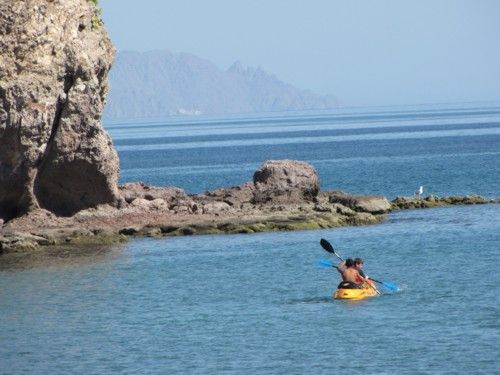
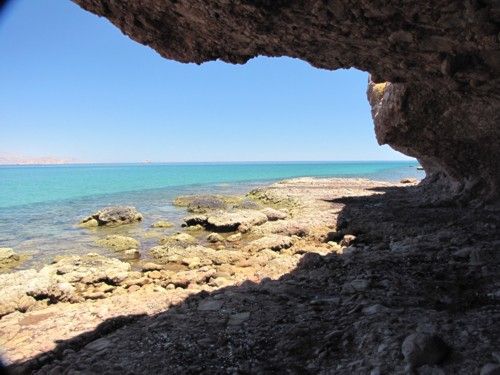

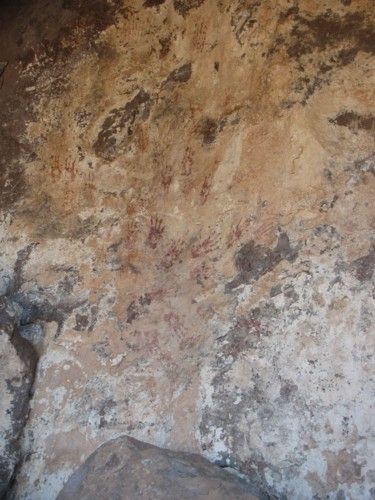
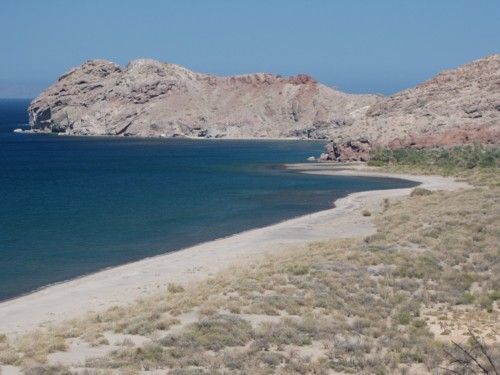

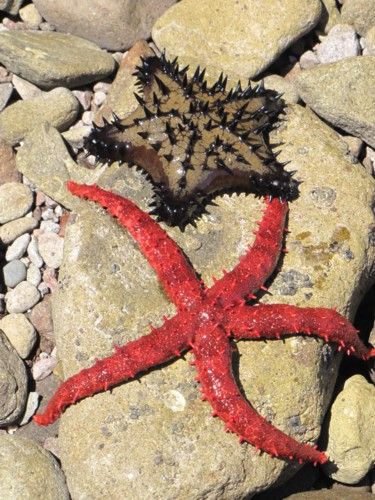
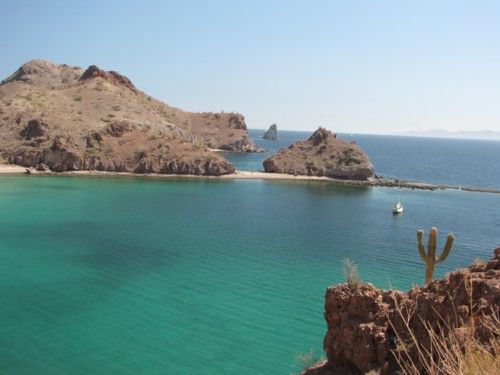
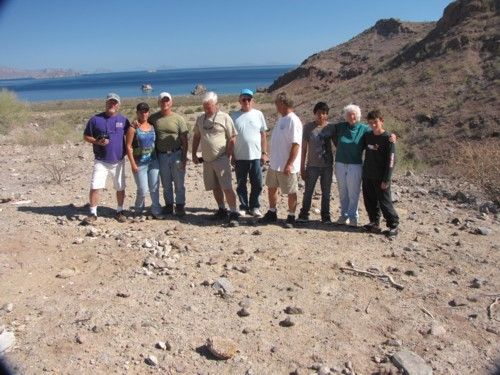






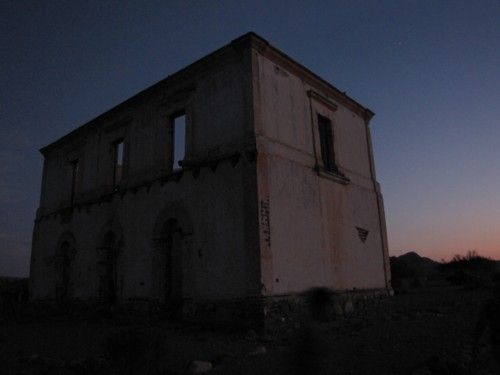
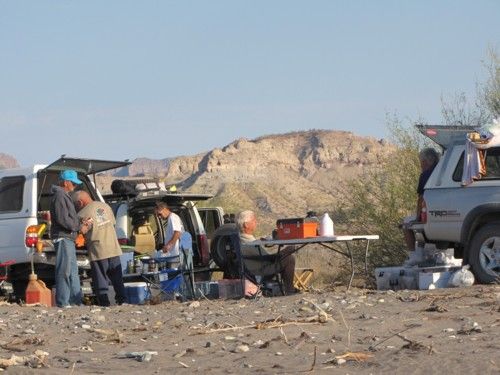
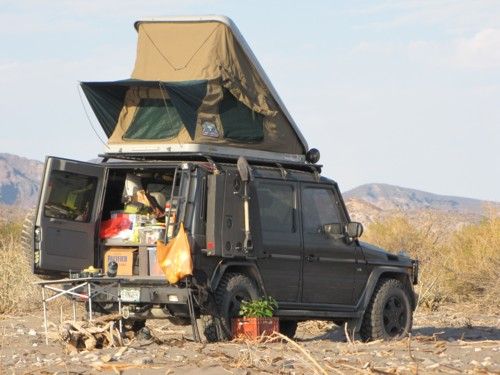
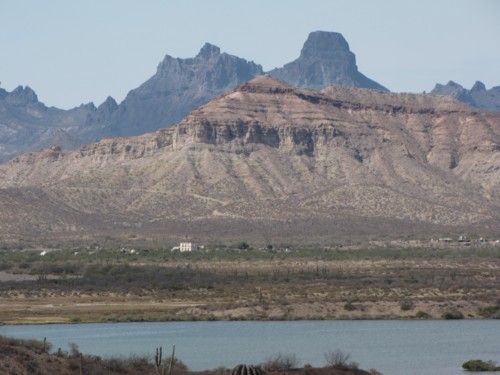
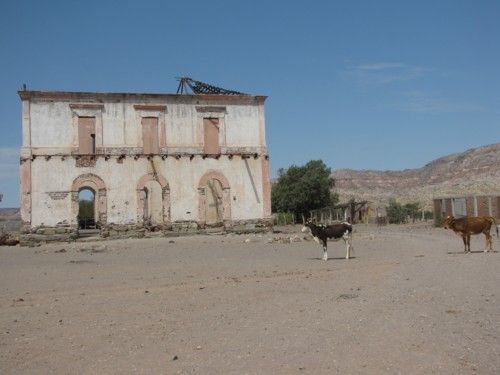






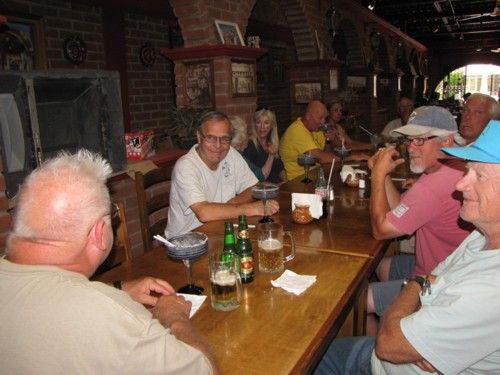
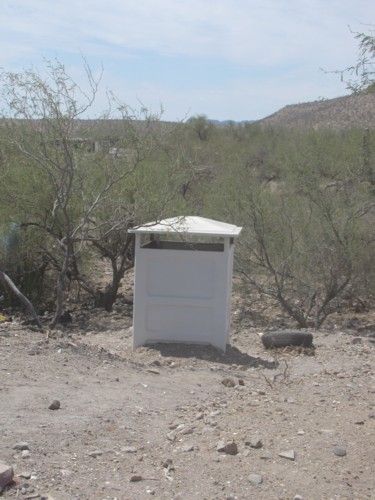
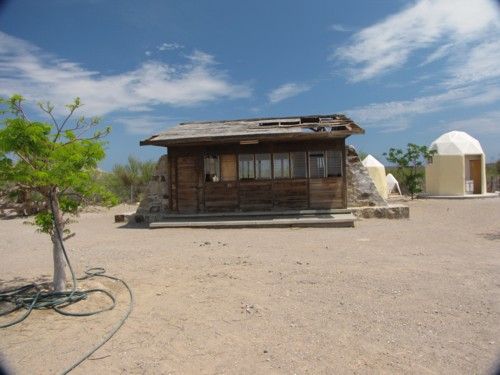
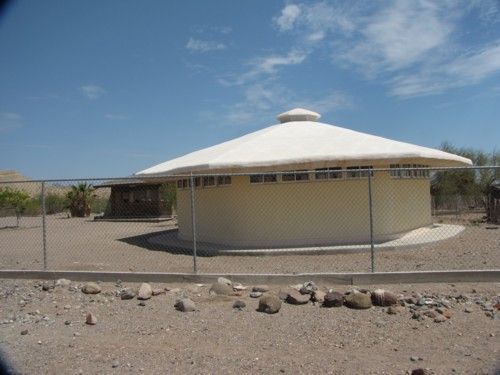








 You're very funny!
You're very funny! It sounded like a legit question at the time.
It sounded like a legit question at the time.